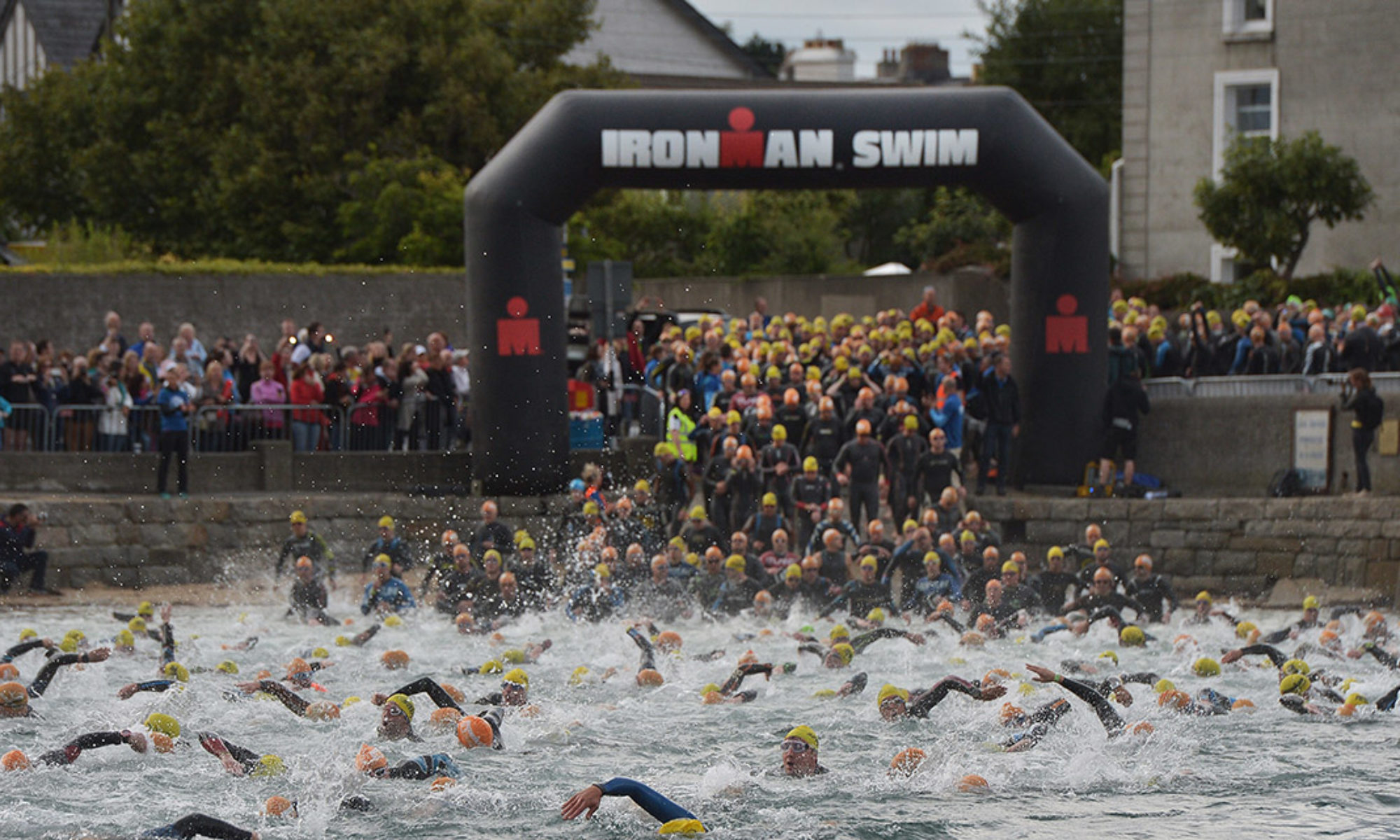I get lost. I get lost, a lot. I get lost so much it’s sort of a running joke in the club. See what I did there…
At the end of January 2022 I did the Hartstown parkrun in 19.19. I came 2nd out of 71 runners. They say it’s a park run, not a race. It’s definitely a park race. If I run beside you, yes, I’m racing you. In fact, many of the people who do parkrun are either trying to beat other runners, beat their own personal bests, or both. Mostly though, I’m racing and chasing myself.
It was my second time running that particular course. The first time I ran it I got lost, taking a wrong turn on the second lap. This was having warmed up doing several laps beforehand too. It’s a condition, probably diagnosable. Had I not gotten lost, I would have just managed to get under the 20-minute mark. Instead of finishing the not-race, I walked away, feeling somewhat defeated. A ridiculous feeling, considering the improvements I’d made over the previous weeks and months. I’d gone from a long-standing average of 22.30 5km to under 19.30. That’s an increase in pace from about 4.30 per km to roughly 3.50 per km. Now, I don’t look like a runner. I’m short, dumpy and heavy-footed. I also don’t particularly like running. Love swimming and the bike. But the running…meh.
So, how come in the past few weeks I’ve made such leaps and bounds. There are several theories. Having lost a bit of weight I’m now carrying less baggage with me. Perhaps I’m just lighter on my feet? I am assured, however, by people who are comfortable saying as much, that I’m still short, dumpy and heavy-footed, so, probability: low. Einstein’s theory of general relativity demonstrates that time slows down as you approach the speed of light. Is it possible that I had hit some sort of speed threshold and was now running fast enough that I was affecting the passage of time? Possibly, but probability: almost zero.
More likely, it’s the interval training I’ve been doing at the NIA with the club. No offence to Einstein, but we’ll stick with this theory for now. So, how does it work? Each week on a Wednesday I turn up to the NIA over on the National Sports Campus, where magic seems to happen. I’ve been following the club training plan, which involves running intervals, with recoveries in between, over various distances. These intervals usually take the form of running for a particular time or a particular distance, with a rest in between efforts. On two other days of the week, I do shorter, less intense longer runs, but it’s the intervals that seem to be making the difference. But how you may ask? Well, there are several likely reasons.
Running intervals on the track allows me to push out my threshold pace – the pace I can run at for about an hour. With interval training, you have to push hard. Run as fast as you can, but at a pace that’s just on the edge of being sustainable. Imagine a 90% effort. At 90% effort, your body has room to adapt. This is different to running close to 100% of maximal effort. The body can sustain this max effort for a short while, but it’s too hard for it to adapt to. The interval running allows you to begin learning what it feels like to run at a fast, but sustainable pace – to get a feel for how sustainably hard you can work and get used to the discomfort. Yes, interval training is hard. It’s meant to be. By the end of the interval, you should feel that the effort level is somewhere between OMG and WTF, and you’ll likely look like a hot mess. But if you’re doing it right, the pace and timing for the first interval and the last should be similar. Over time this will force your bodies’ systems to adapt; your leg muscles will strengthen and the running energy economy will improve (the energy and effort required will reduce). Your aerobic base will also increase, and you’ll find it progressively easier to run at a faster pace. Ultimately, your body will adapt, but you need to put the work in and force it to do it!
Top tips for a PB on your 5km parkrun:
(1) Get some regular interval training in! Couple this with regular run base training.
(2) Warm-up well beforehand – Personally, I run a slow 5km beforehand, keeping the heart rate under 130 bpm. This makes a massive difference to my actual race time.
(3) Remember your interval pace training. Don’t set off too fast. Your body will remember the intervals if you repeat them enough. Check your watch, the adrenaline rush can cause you to go out too hard.
(4) Don’t worry about anyone ahead of you. Keep the focus on maintaining your target pace. Over 5km, you’ll eventually pass people who went off too hard or are slower than you. Those you don’t pass are probably faster than you anyway, so don’t blow yourself up trying to catch them or keep up with them. Concentrate on yourself.
(5) The 3km mark is critical. At this point, your body will be asking you to slow down at the least, if not begging you to stop. Between kilometres 3 and 4 is as much a mental task as a physical task. You will have to concentrate hard on maintaining your pace. Keep moving those legs. It’ll feel hard, but you can do it. If you relax at this point it’s very hard to make up the time.
(6) After the 4km mark you’re on the home stretch. If you’ve kept pace you’ll definitely have a little left for the last 250m – and the adrenaline of being so close to the end will help. You can always run faster – give it everything you’ve got, but don’t injure yourself!
(7) Don’t forget to start your watch.
(8) Don’t get lost.

